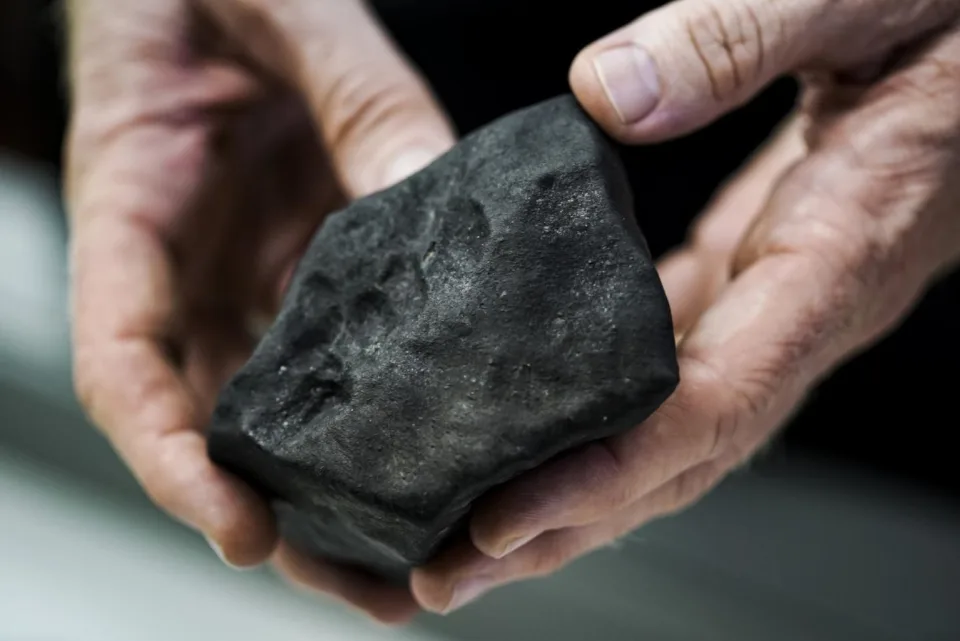The meteorite that crashed in Madagascar is believed to be 4.56 billion years old

The body that crashed in Madagascar this summer is believed to be a "chondrite L6" type asteroid dating back to the creation of our solar system.
In 2018, a meteorite crashed in Madagascar without doing any damage. Researchers have succeeded in tracing the origins of this cosmic object.
On July 27, 2018, shortly before the lunar eclipse , a meteorite crashed in the south-west of Madagascar, in the small town of Benenitra which will give it its name. After collecting the testimonies of residents on what they saw falling from the sky that evening, researchers from the University of Wits in South Africa were able to determine the spatial origins of this meteorite thanks to the fragments collected.

a meteorite dating from the creation of the solar system
It was Tim Marais, a graduate of Wits University, who collected the meteorite fragments while traveling in the area at the time of the incident. He passed them on to Professors Roger Gibson and Lewis Ashwal, also of Wits University, to verify their extraterrestrial origin . A sample was then subjected to microscopic analysis. Evaluation of the thin layer confirmed that it was indeed a meteorite and, more specifically, a relatively common type called a chondrite, which refers to the small spherical chondrules it contains.
The meteorite dates from the formation of our solar system about 4.56 billion years ago. Ashwal and Gibson were also able to refine the classification of this meteorite as an "L6 chondrite": the chondrites that compose it are the original building blocks of asteroids and are composed of metals. As these meteorites grow, a heating process begins and heat builds up inside, causing the metals that make it up to melt.

When temperatures are high enough, the denser metals are deposited towards the core of the body, while the less dense rise to the surface. This is followed by recrystallization of the chondrules once the temperature has dropped. The Benenitra meteorite would have heated quite strongly, the number 6 referring to the strong recrystallization that occurred in its chondrules.
convergent analyzes
Other analyzes came to reinforce the observations of the researchers of the University of Wits. The research team contacted Dr. Andry Ramanantsoa, from the Institute's Seismology and Infrasound Laboratory and the University of Antananarivo's Geophysical Observatory, to determine if a large explosion had occurred in the atmosphere over Madagascar on the evening of July 27. According to him, an "upper atmosphere energy release event" did occur at 7:15 p.m. local time.
Doctor Matthias Laubenstein of the Gran Sasso National Laboratory of the Istituto Nazionale di Fisica Nucleare, in Italy, confirmed for his part that the fragment was indeed linked to a fall dating from July 27. His measurements revealed elevated levels of cosmogenic nuclides, consistent with the fact that the meteorite only entered Earth's protective atmosphere in recent months.
Source : websites

